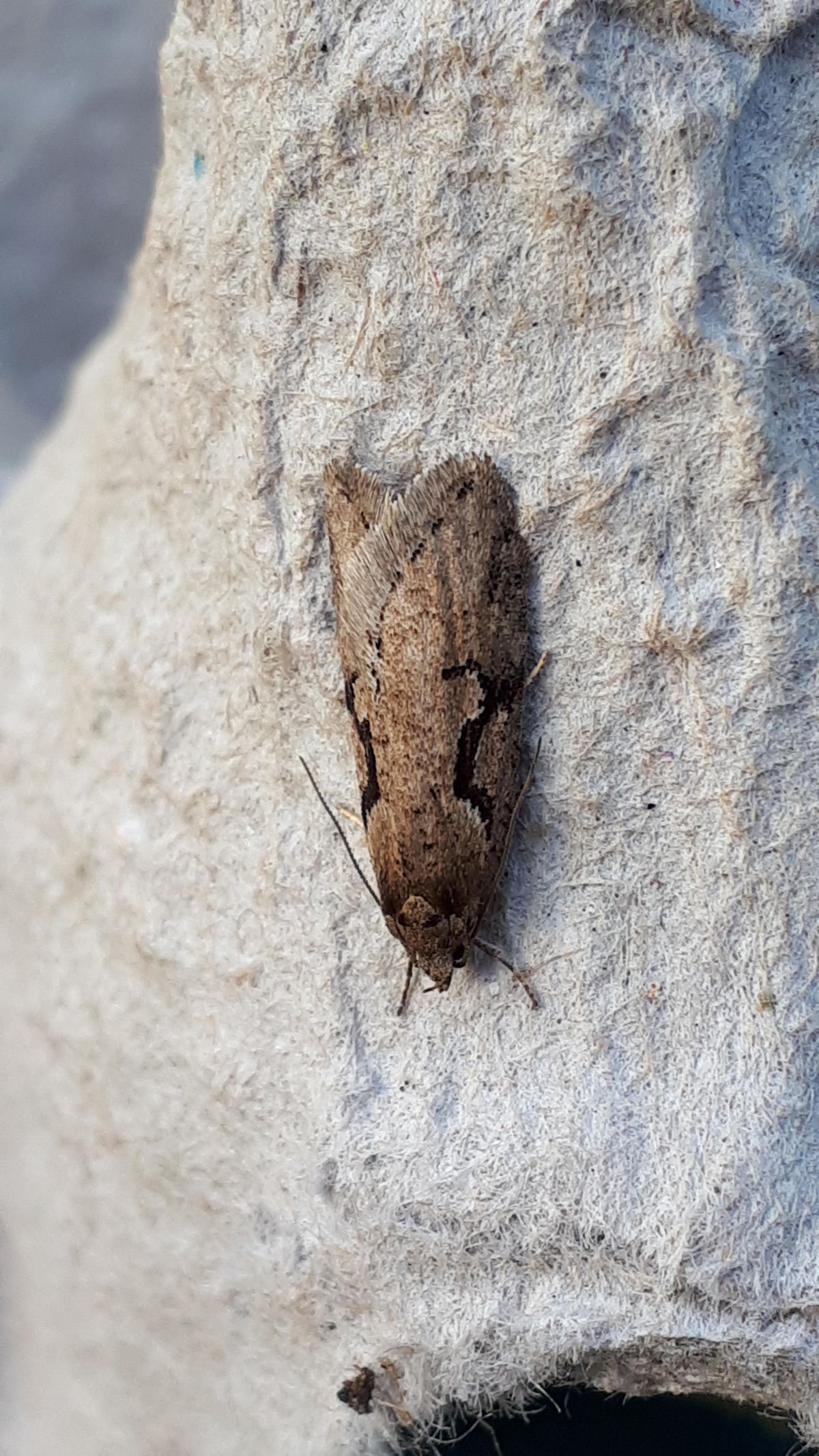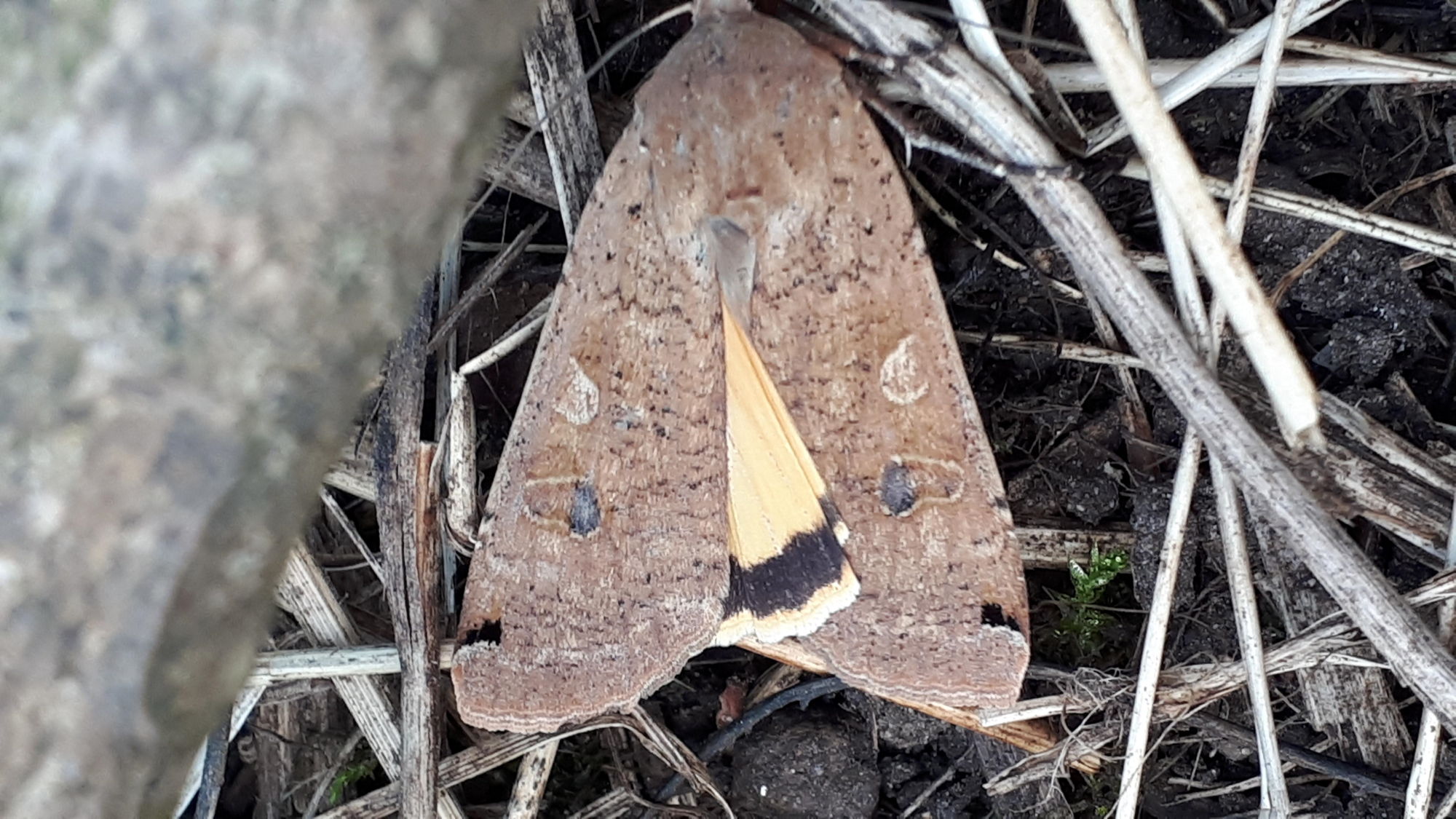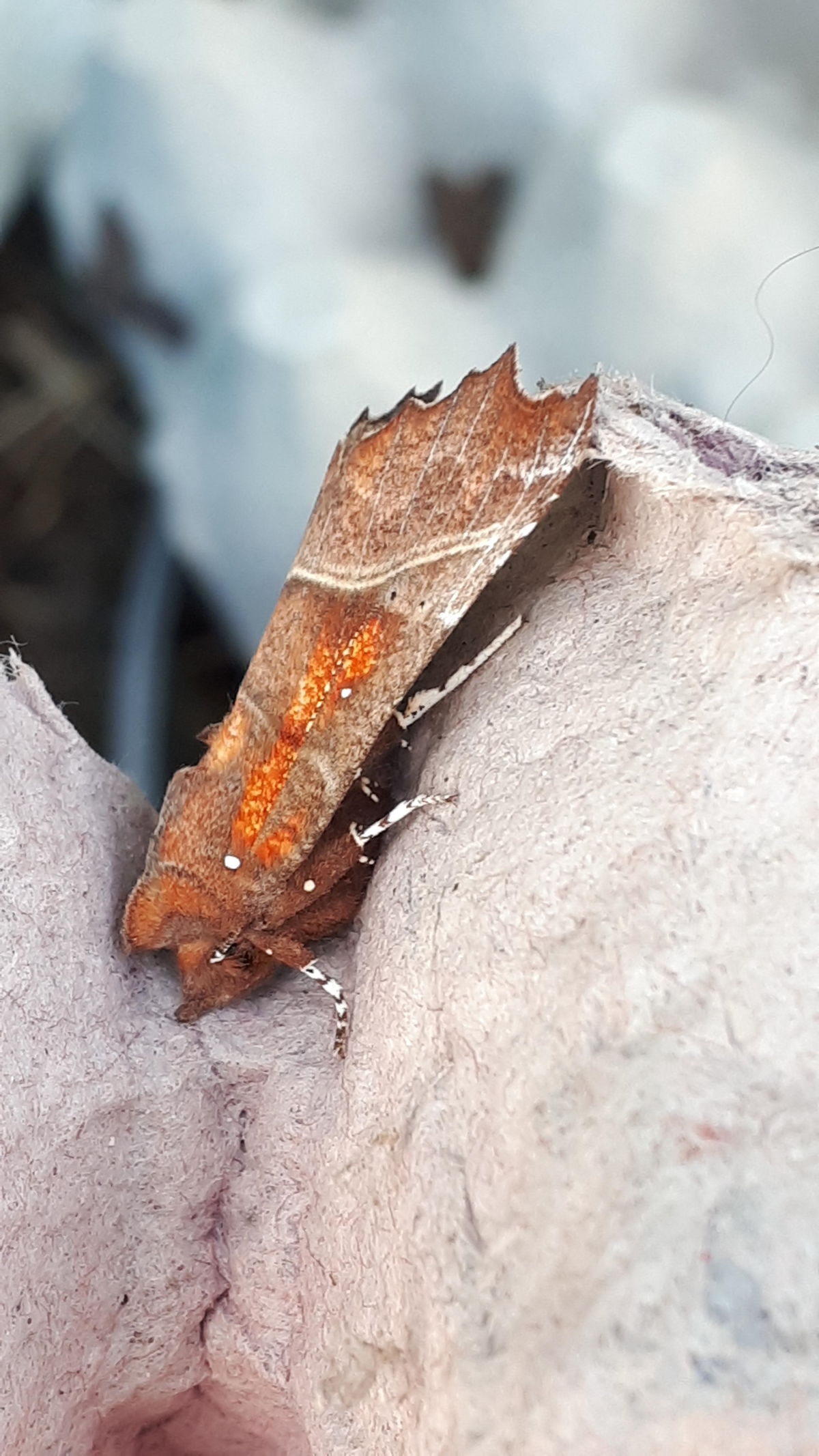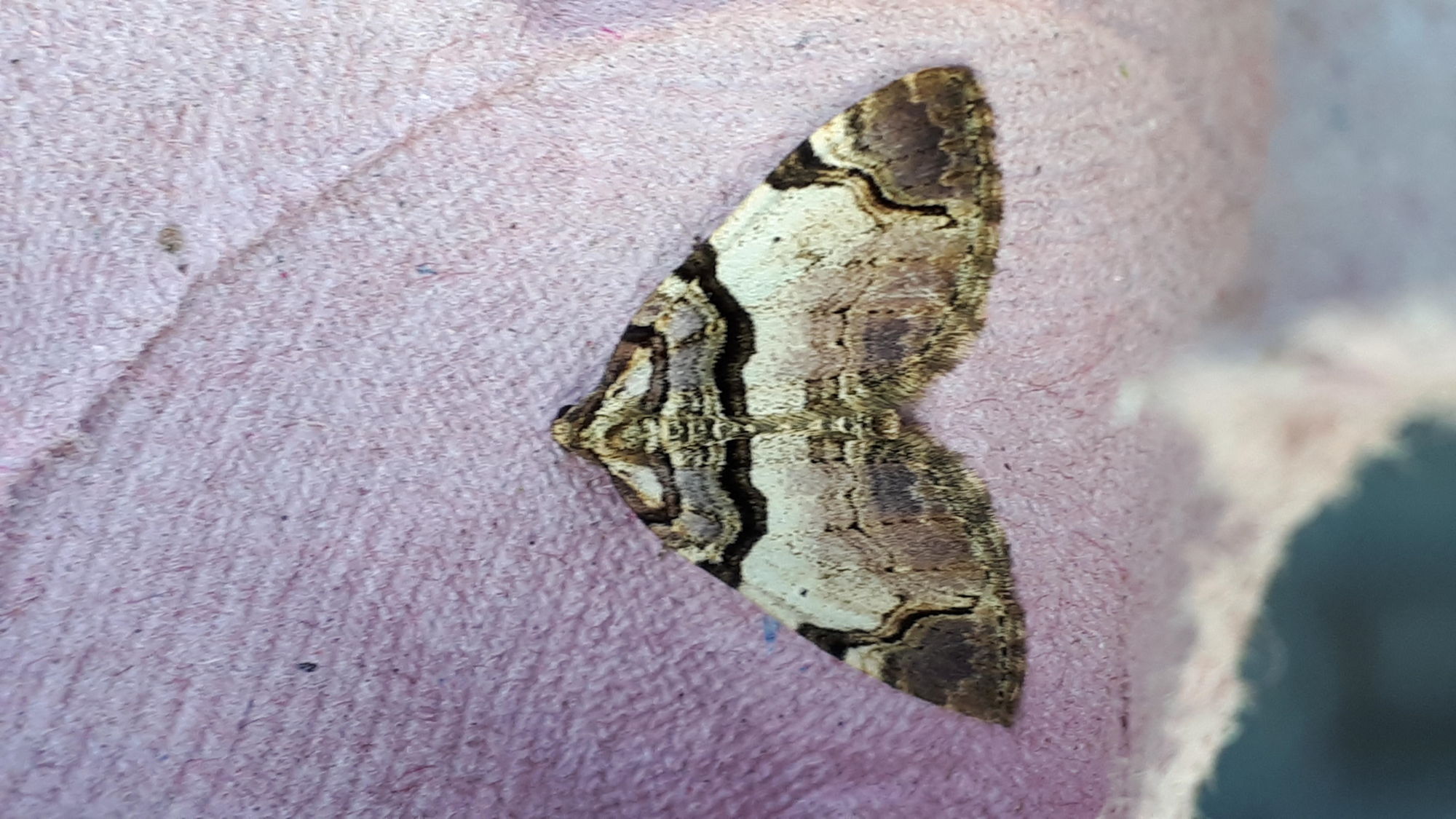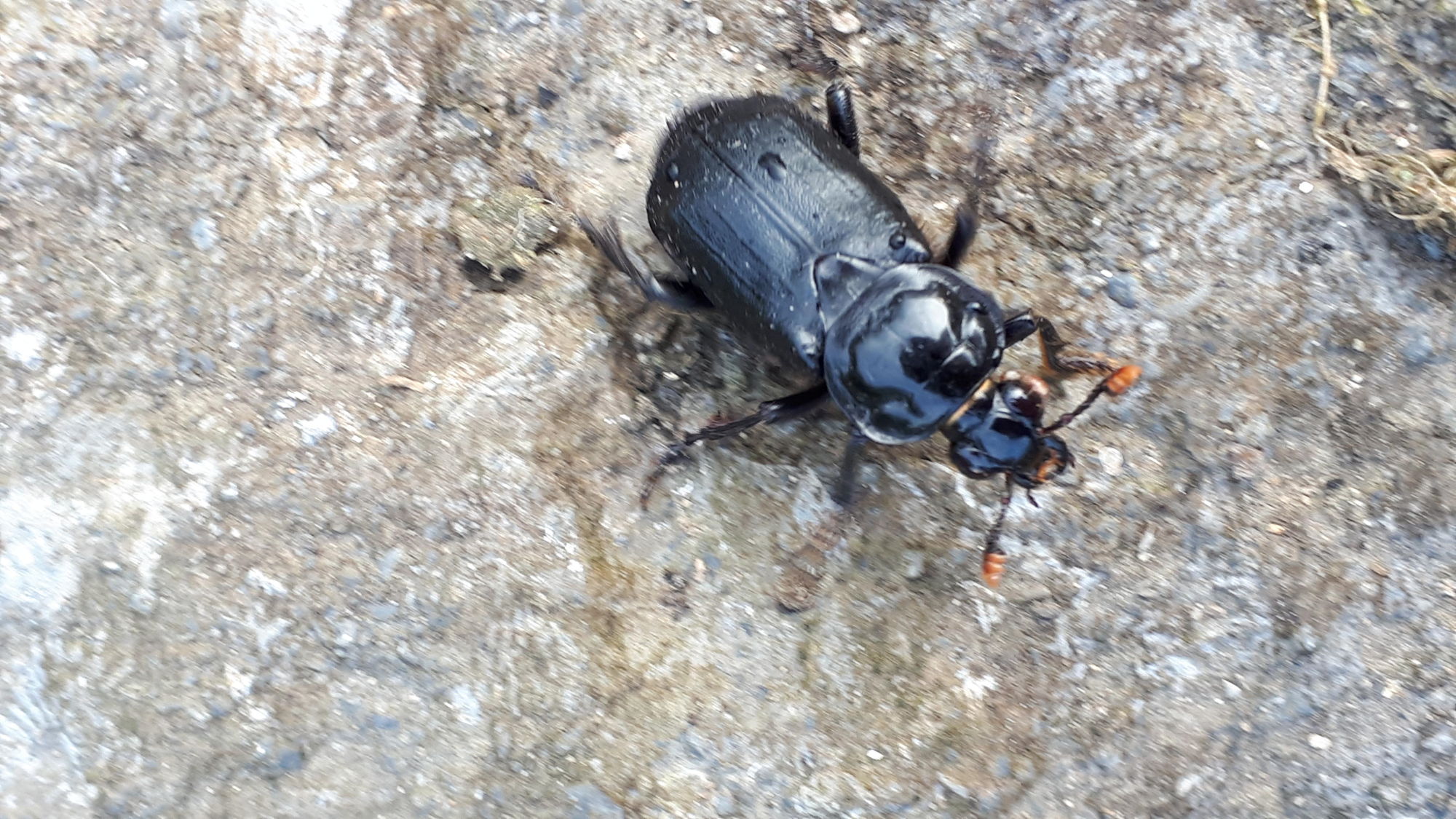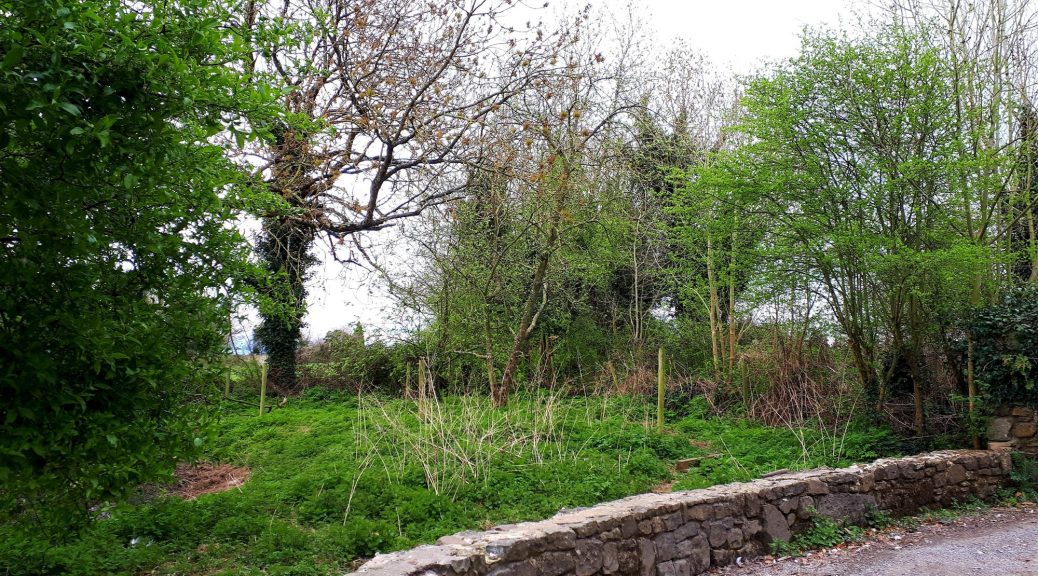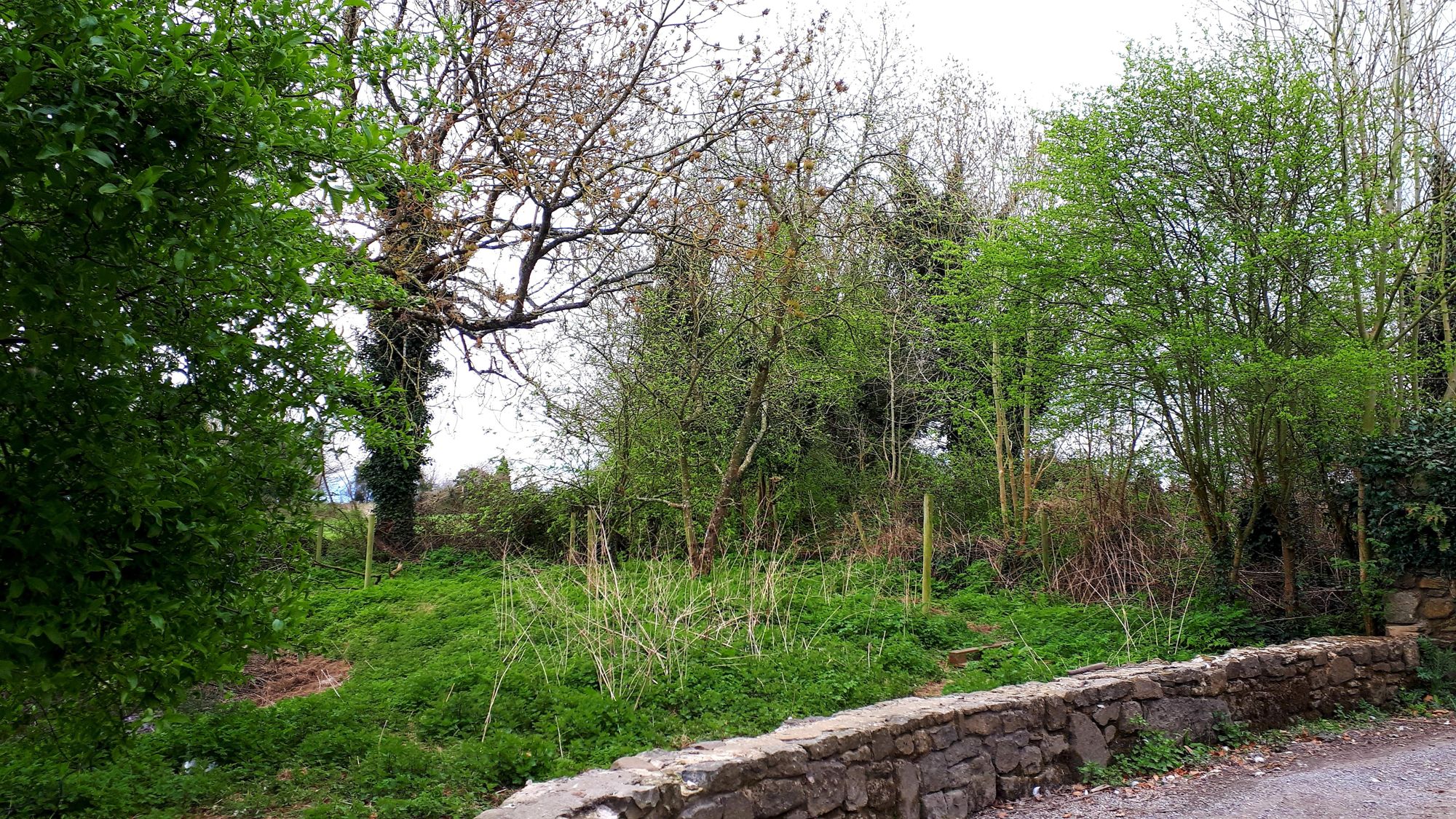
Unexpected discoveries
If the truth be told the lock down is no great hardship for me. I am getting my paid work done, and still getting paid. I have set myself up with a desk at the bedroom window overlooking the garden. Instead of phone calls and the distraction of work colleagues, the only distractions now are the occasional scheduled conference call, the holly blues flitting past the vegetable patch and the antics of the starlings as they build their nest in the gable of the shed.
After three weeks of working from home I now have a route. Up at sunrise to walk the dogs. I generally do two laps of the neighbour’s field, first stopping at ruins of the old derelict cottage and then checking out the drying pond just to see if anything changed overnight. Invariably it hadn’t. Then before breakfast, back in the garden, I check the moth trap to see what delights it has to offer. For the last week or so there have been few delights. Just a small handful of moths of the same two or three common species.
When I first opened the door yesterday morning I noticed it was noticeably milder and there was a light fog. I had placed the moth trap in the pond area just inside our entrance, in a nettle infested corner of the garden that has been largely abandoned; sorry I meant a corner of the garden that we have deliberately surrendered to those wonderfully important nettles as part of our biodiversity enhancement measures. I could see straightaway that this morning was different for there were three moths settled on the light funnel, and two more and a caddisfly resting on the outside of the trap. I unclipped the trap from the car battery and went to work sorting my catch.
I was delighted to find that moths clung to each of the six or so egg cartons in the trap. I found my usual acquaintances from the previous nights, Hebrew Character, Early Grey, Shoulder Stripe and Streamer, only this time in greater numbers. A beautiful Herald, a relatively nondescript Common Quaker and a solitary Clouded Drab looking, well, rather drab. And a March Moth, which doesn’t seem to have been recorded in County Kilkenny previously, was the first unexpected find of the morning.
There were also nine magnificent black beetles in the trap, each at least 2 centimetres long. I recognised these as the Black Sexton Beetle, easily identified for it is all black. It is one of about a dozen species of carrion beetle that occurs in Ireland. These beetles fly about at night searching out carrion. Any they find, they will bury up to five or six centimetres deep in the soil, into which the female lays her eggs. Within a day or so the eggs hatch and larvae merrily munch their way through the putrid goo helping the decomposition process. They are performing what scientists call an ‘essential ecosystem service’- helping rotting flesh to decompose recycling the nutrients back to the soil.
Right at the bottom of the trap, crawled head-first into a tight cavity in the egg carton was a light tan coloured moth. I recognised this straightaway as a Large Yellow Underwing, for it is probably the most common larger moth during the summer months. What surprised me though was the time of year. This is usually seen from June to September, not in early April. This was clearly an immigrant, that had just arrived into Ireland. I had read that the first migrant moths, in particular the Silver-Y, had been trapped elsewhere over the last couple of nights, so other migrants had begun to arrive into the country. Interesting to think that this moth, that looked pristine, was the advance party for others that would shortly be arriving from Continental Europe, weather permitting. I wondered what made it chose its landfall in Bramblestown?
It was only when I was collecting up the egg cartons to tidy them away, that I noticed another tiny little brown moth that I had missed first time round. I photographed it, knowing it was going to be one of those little brown jobs that are notoriously difficult to identify. Mind you, it did have a relatively distinct mark on it wing, rather like an elongated question mark, which I thought might be a help. I failed hopelessly to find a match in my moth identification book. Then Michael O’Donnell of MothsIreland, whose facebook page I went to for assistance, made the rather helpful suggestion that I look in the other book, the one for micro-moth identification, for the answer. And sure enough I found a match; it was a species with no common name only a complicated scientific one, Semioscopis steinkellneriana. But what was really surprising is this is a very rare moth in Ireland. There have been only nine previous records for the island of Ireland, and all but one from County Derry, the other from the border between counties Galway and Tippperary. It shows you, there are always unexpected discoveries to be made, even in a garden.
Who would have thought it? A rare moth quietly going about its life in the neglected corner of the garden. Hip hip hooray for nettles, is all I’ll say.
